Associate vice president and GC Italy | Eli Lilly and Company


Ombretta Poli
Associate vice president and GC Italy | Eli Lilly and Company
Team size: 16 people across multiple international jurisdictions
How do you approach managing legal aspects during periods of instability or crises, and how does your legal strategy align with the broader business strategy to ensure the organisation’s resilience?
The only way to approach in-house counseling in a successful and valuable way for the enterprise is to interpret our role, set our priorities and define your mission in partnership with the business. If our operational model is disconnected with the business, we do not drive the value a strategic function like ours can – and should – deliver. In recent times, I started aligning my yearly objectives with the business objectives, and every time I or one of my team members finds him/herself in a situation of conflicting priorities our north star to orient our choices are the brand priorities our company sets forth in business plan. To be able to do so, I ensure I and my team are intimately familiar with our business and with our prioritised brands. We participate in brand teams meetings, business and customer planning processes, to familiarise with the strategy and provide legal inputs early on in the discussion. This becomes pivotal in moments of instability, which in the case of the life science industry is often the case due to the many complexities and challenges the external environment poses upon us. To ensure consistency, resilience and an orchestrated approach, Legal needs to have a seat at the decision making table, and offer strategic consultation, leveraging our privileged position of external regulatory experts, our external network and our view at 360 degrees across the company portfolio to offer landscape-aware, business-savvy, timely advice.
What are the main cases or transactions that you have been involved in recently?
As my role as General Counsel for the Italy is combined with a broader international responsibility, I have the privilege of taking care of highly strategic projects, most of which have a global component and are meant to apply across several jurisdictions. Most recently, I have been involved in a series of global divestitures of some of our mature portfolio brands, which have been negotiated globally by our transaction team and then executed across all our affiliates around the world. I have also driven a significant business divestiture of our entire portfolio in some countries in Latin America, which resulted in a highly complex and sensitive transaction with multiple partners and third parties, with IP, antitrust, supply chain and compliance implications. In that case, I led a multi-stakeholder, cross-functional team, leveraging the different expertise to drive the project execution through the finish line.
How have you integrated technology into your legal processes, and what impact has this had on efficiency and compliance?
Technology is an imperative and a resource that we must integrate in your daily work and become familiar with, if we aspire to continue to build our reputation as key partners for the business. I see technology adoption as a must-have, given the complexity and variety of activities in house counseling mandates. With the objective of devoting our time to strategic advice on matters that provide the greatest value or the most significant exposure for our enterprise, the use of AI and equivalent tools can definitely streamline and simplify some of our standard activities, like contracting, basic consultation, power point presentations, minute drafting etc. These new tools can drive efficiency and accelerate business consultation. Obviously, the magnitude of the change and the possible compliance implications that come with the use of new technologies require an in-depth, thorough legal assessment, and the need to oversee and drive the adoption of the new European Artificial Intelligence Act, as well as the developing Italian bill on AI currently discussed before our Parliament. To ensure we follow through and ensure compliance across the enterprise, we have partnered with our IT function and established centers of expertises across several jurisdictions, and set up training sessions to educate the entire population with the limitations of use and the possible threats posed by AI when it comes to privacy, confidentiality, trade secret protection and others. I have also partnered with several globally based functions, like Trademarks and IP, to ensure consistency in adoption across the company, whenever possible.
What do you see as the major legal challenges for businesses in Italy over the next five years, and how are you preparing to address them?
Looking at the Pharma package being discussed at EU level and the severe implications this Act may have for the life science industry, as well as some of the national laws currently under discussion or recently implemented in Italy, I would say that the major legal challenges for our business would be in the Pricing, Reimbursement and Access space. Since 2007 the innovative pharma industry has been called to participate to the health expenditure sustained by the NHS through the pay-back mechanism. We have filed several claims against the pay-back methodology over the years, and lodged a claim before the Constitutional Court against the basis of the pay-back application to the hospital drug expenditure, and in most of the cases we have been successful. However, due to the increased pressure on healthcare costs – especially after the pandemic – the negotiation of a price that rewards innovation and that is sustainable for the industry has become more and more challenging. Access at regional level continues to be subject to high variability, mainly driven by local budget constraints, and our HTA process remains flawed and lacking transparency. Another major threat to innovation driven industry is the possible reduction of the data package exclusivity period. Any threat to intellectual property hinders the ability of any industry to successfully invest in research and development, as well as manufacturing innovation, and while generic competition is necessary and well-favored, it should never come at the expenses of an adequate time of patent protection.